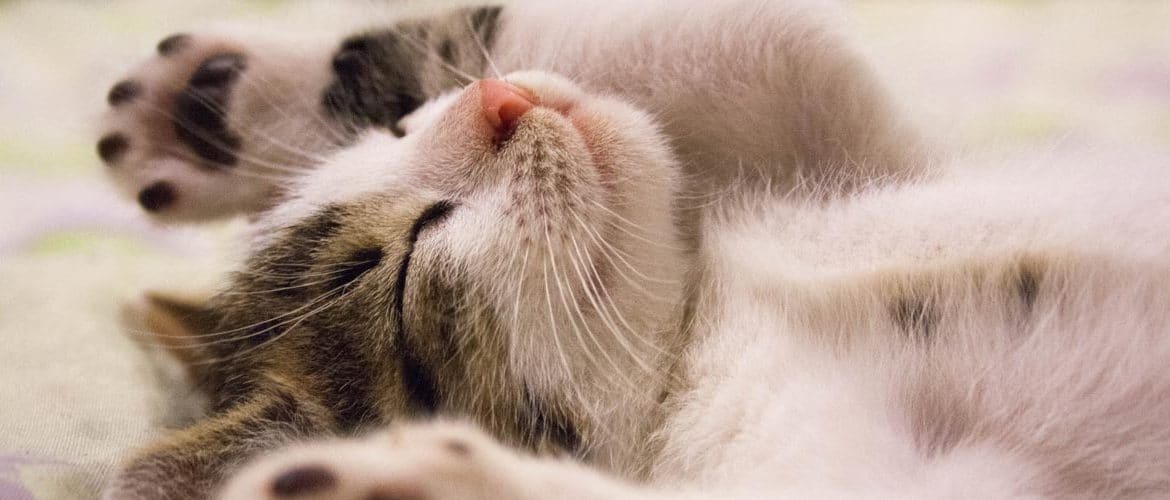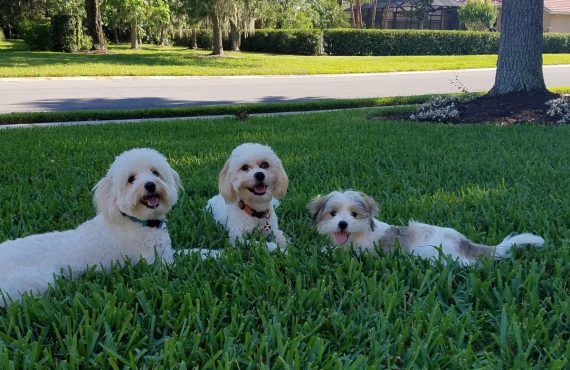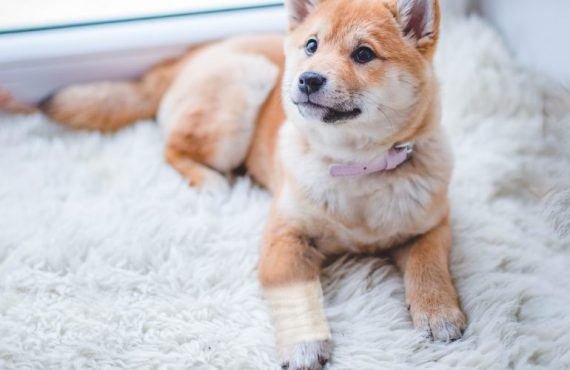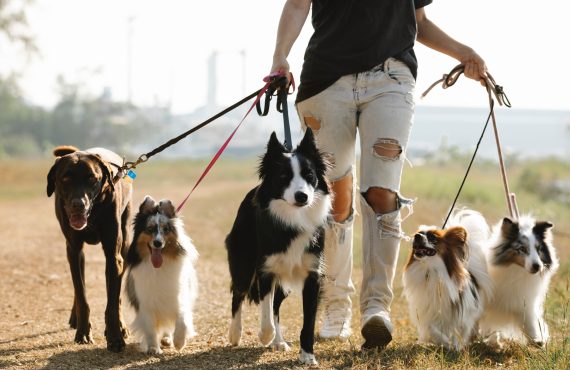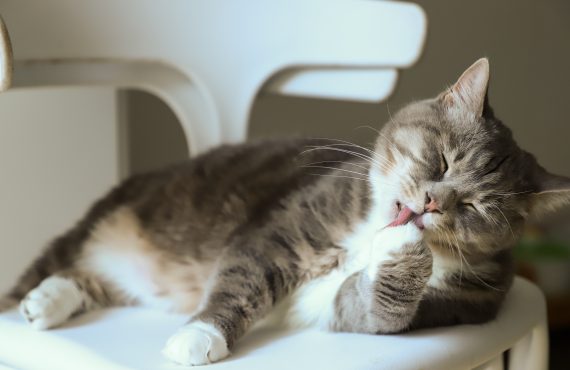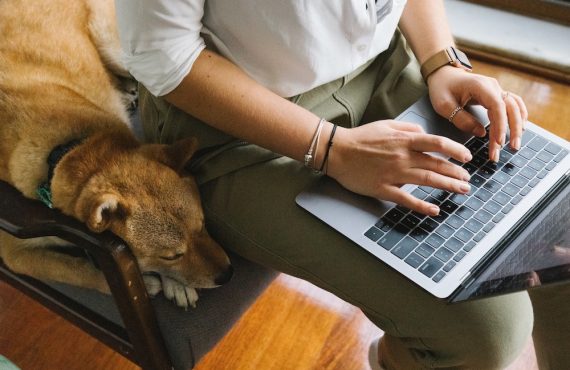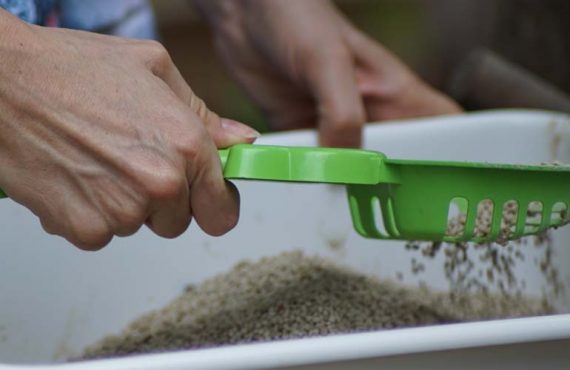Body language is something that ALL species utilize, human and pets alike. Since our pets can’t speak (well, some pet owners may disagree there!), we have to rely on their outward appearance to determine what they’re trying to tell us. While some pets are easier to “read” than others, here are some general helpful hints about cat and dog body language.
Cats:
Body orientation and context are the first things to consider when determining a cat’s mood. Cats will “point” their body in the direction they are most likely to go and are feeling most comfortable. If they are facing away from you, or walking away, approach with caution.
It is said that the eyes are a window to the soul: a cat’s pupils are a good mood indicator. Eyes that are normal-looking, along with slowly blinking and a cat that appears to be “smiling” usually shows that a cat is comfortable. Wide, dilated pupils can indicate stimulation such as fear, excitement during play, or anger. Narrow pupils can indicate aggression.
Similarly, tails are important. A tail that is high, friendly looking, or vibrating shows that they are happy, excited, or comfortable. A low, tucked tail or a puffed-out, high tail shows fear and anxiety. A flicking tail can show that they are upset (or possibly hunting!)
Flat or “airplane” ears shows that a cat is afraid. Normal looking ears indicate a confident, relaxed feline.
Cats laying on their back are relaxed, but it’s a good idea to know the cat’s feelings about belly rubs before you try to do so! Many cats aren’t fans of belly rubs and will reward your efforts with biting or scratching.
Arching (not while yawning) is a display of fear or aggression. Cats who feel threatened or scared will often try to make themselves appear as “big” as possible, or, they will try to disappear by making themselves smaller. Crouching is also a sign of fear.
A cat will make growling, hissing, or yowling noises when they are upset. Do not approach a cat that is making these noises.

Cat Language Infographic by doggiedrawings.net
Dogs:
Bowing down generally means dogs want to play! If the tail is wagging like crazy, that’s your second clue.
Rolling over is a submissive pose. A dog knows you’re in charge, or wants to show another dog that they aren’t a threat to it. Sometimes, this can mean a dog has done something naughty, so check around for destruction! Other times, a dog can simply want to scratch their back or receive a belly rub.
Tail wagging most often means happiness, but can also signal nervousness (a low tail is usually more of a “sad” tail.)
Mounting another dog is a display of dominance. Even dogs who have been fixed can display this from time to time.
Lip licking, tail tucking, and pinning ears are signs of nervousness and apprehension. Lead with caution when these behaviors are shown.
Nose nudging and paw lifting are ways to receive attention.
A dog that is showing its teeth, growling, or yawning excessively is not a dog that should be approached.

Dog Language Infographic by doggiedrawings.net
Have any questions about your pet’s behavior? Check with your veterinarian or ask in-store. We are always happy to help!

